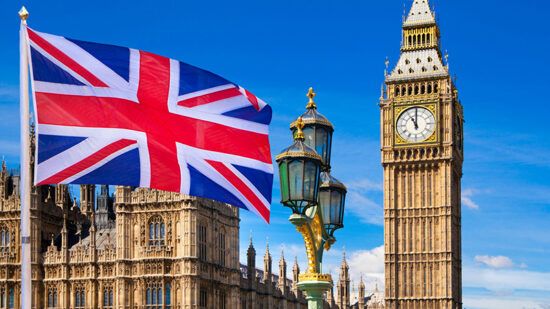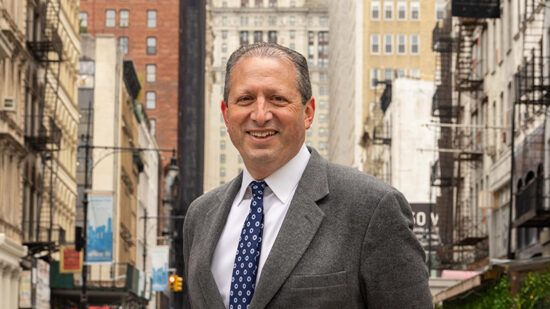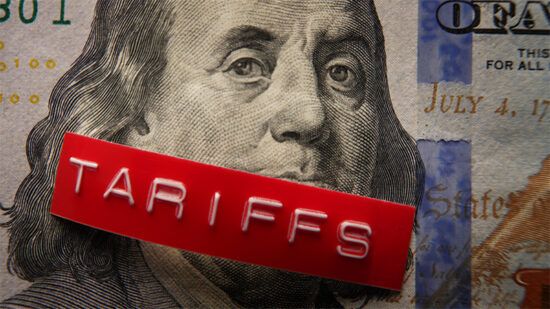ESG funds account for only a sliver of assets held in public defined-contribution retirement plans — but when they’re included in plans, they are used frequently by younger workers with small account balances.
More than 40% of people in their 20s invest in ESG options within their plans when they’re offered, compared with about 35% of workers in their 30s and 40s, according to a report this week from the Employee Benefit Research Institute.
The funds are used less by people in older age groups — but that observation comes with a caveat: Workers allocate more of their assets to those funds with age, EBRI found. People in their 70s, for example, invest an average of 17% of their plan assets in ESG funds, when they use such funds, compared with about 13% among those in their 20s and 30s.
The report is based on data from 32,000 participants in public DC plans.
“Older participants, longer-tenured participants, and those with higher account balances are less likely to invest than their younger and less well-off counterparts,” authors Bridget Bearden and Michael Gropper wrote. “However, despite the general decline in ESG participation rates with age, we document that variation in ESG allocations across participants tends to increase with age.”
Participants with less than $10,000 in their accounts were the most likely to use ESG funds, at about 40%, with the average allocation to those funds being 35% among that group. By comparison, just over 20% of investors with $50,000 to $99,999 opted for ESG funds, although they had the highest average allocation in the study, at nearly 40%, according to the report.
Further, women are more likely than men to opt for ESG funds if they’re available in their plans, at 34% and 29%, respectively, EBRI found. However, men and women who invest in those funds allocate roughly the same amount, at 14%.
Among public DC plans that include ESG-specific investment options, the median plan assets held in them is 1%, the report noted.
The investment options also tend to be more common within public DC plans than in 401(k)s, likely in part because public entities also have pension plans that have long been more accustomed to ESG. Further, public DC plans aren’t covered by the Employee Retirement Income Security Act, which means those employers haven’t had the same concerns about complying with regulations as the Labor Department’s stance on ESG has waffled from administration to administration.
About one in five plans in the report included ESG options, Bearden said, while of the roughly 500 total funds in the plans in the sample, four were ESG-specific products.
Although the findings reflect the experience of public DC plan participants, they are also relevant to those in the private sector, the report noted. However, there are differences as a result of plan design and benefits levels — for example, public employees are more likely to have pensions, which could affect how they invest in their DC plans. They’re also less likely to have been automatically enrolled, which means they actively chose what to invest in.
EBRI could pursue additional research soon about a potential correlation between ESG funds being included on menus and the average contribution rates for participants in those public DC plans, Bearden said.
A survey last year from Schroders found that about 90% of DC plan participants favored using ESG funds if they were available, and that 69% said they would increase their contribution rates as a result.








